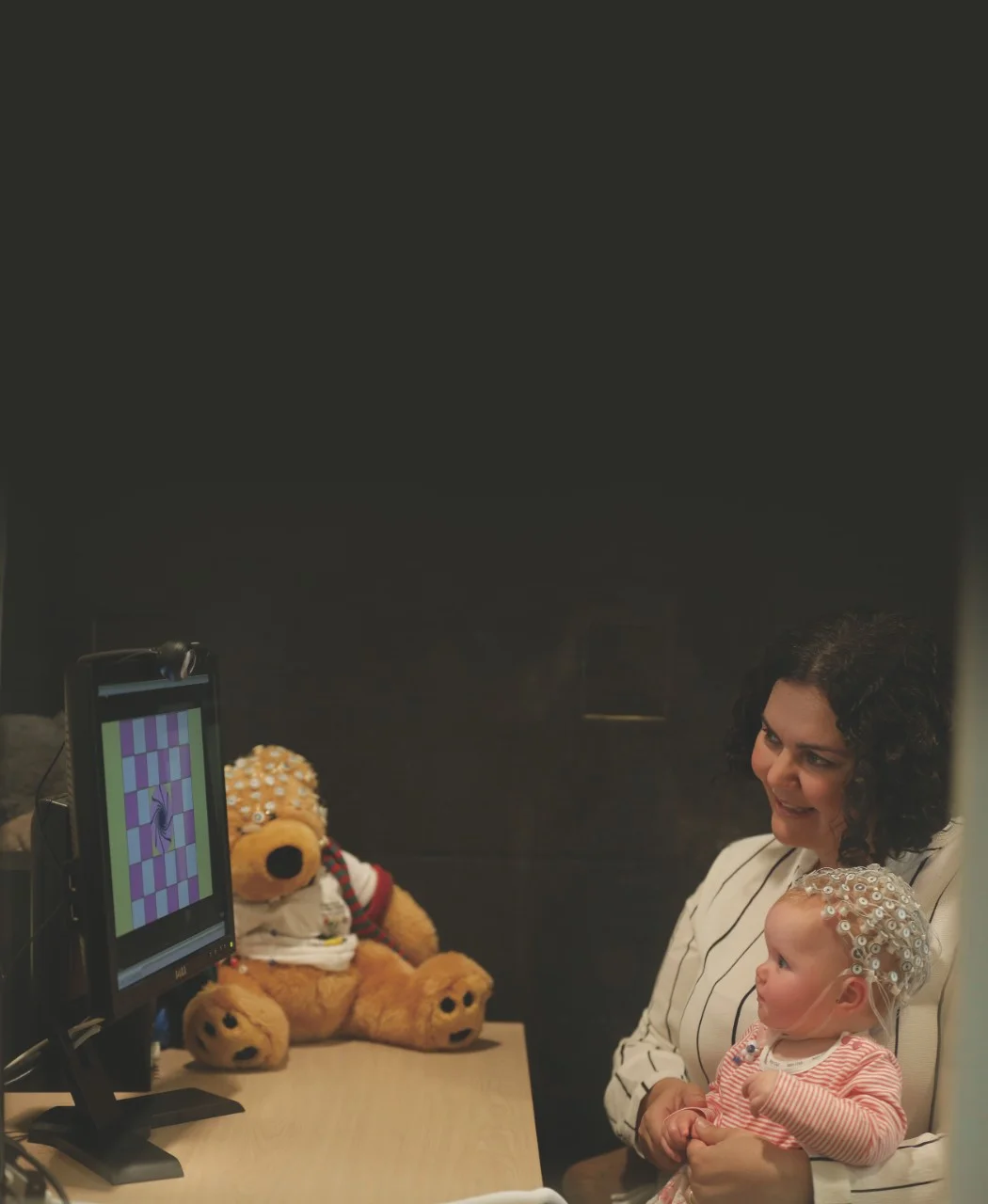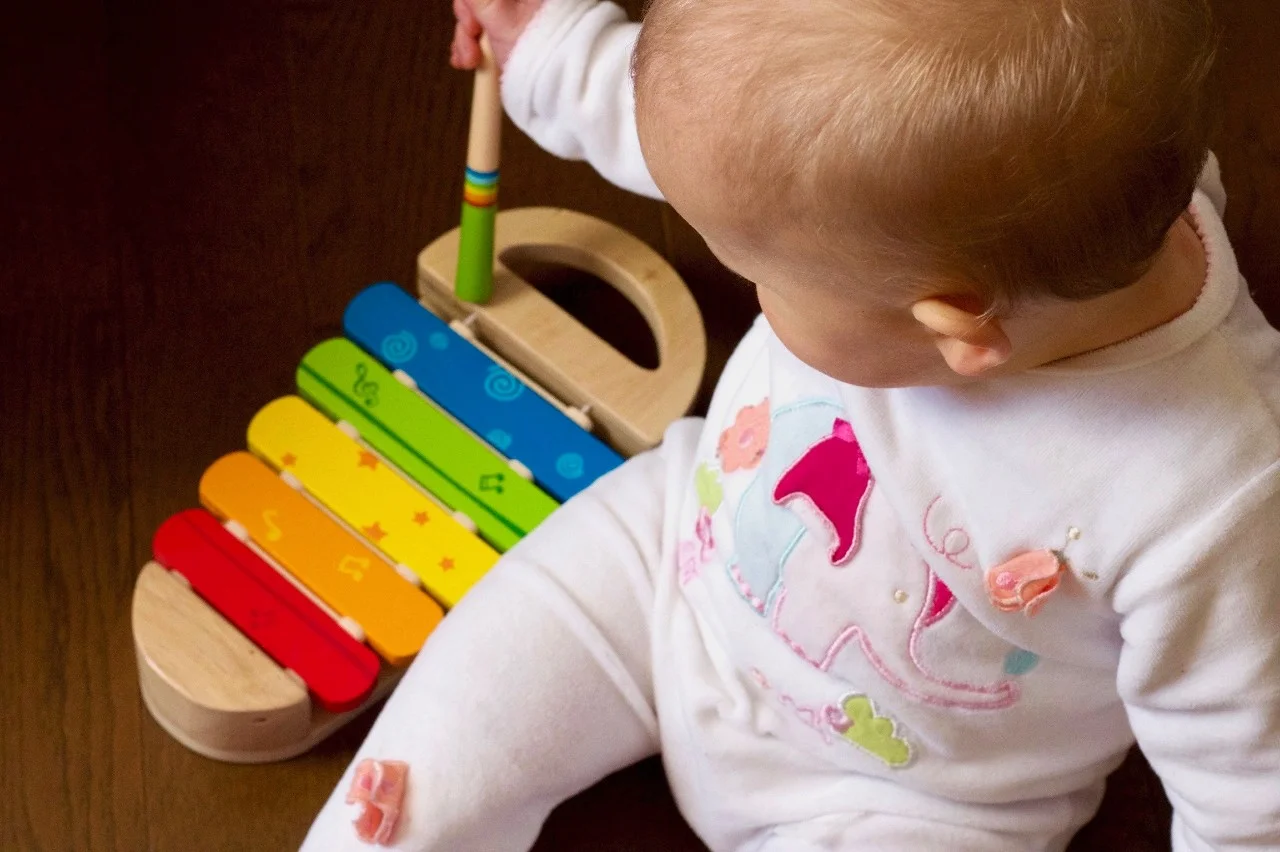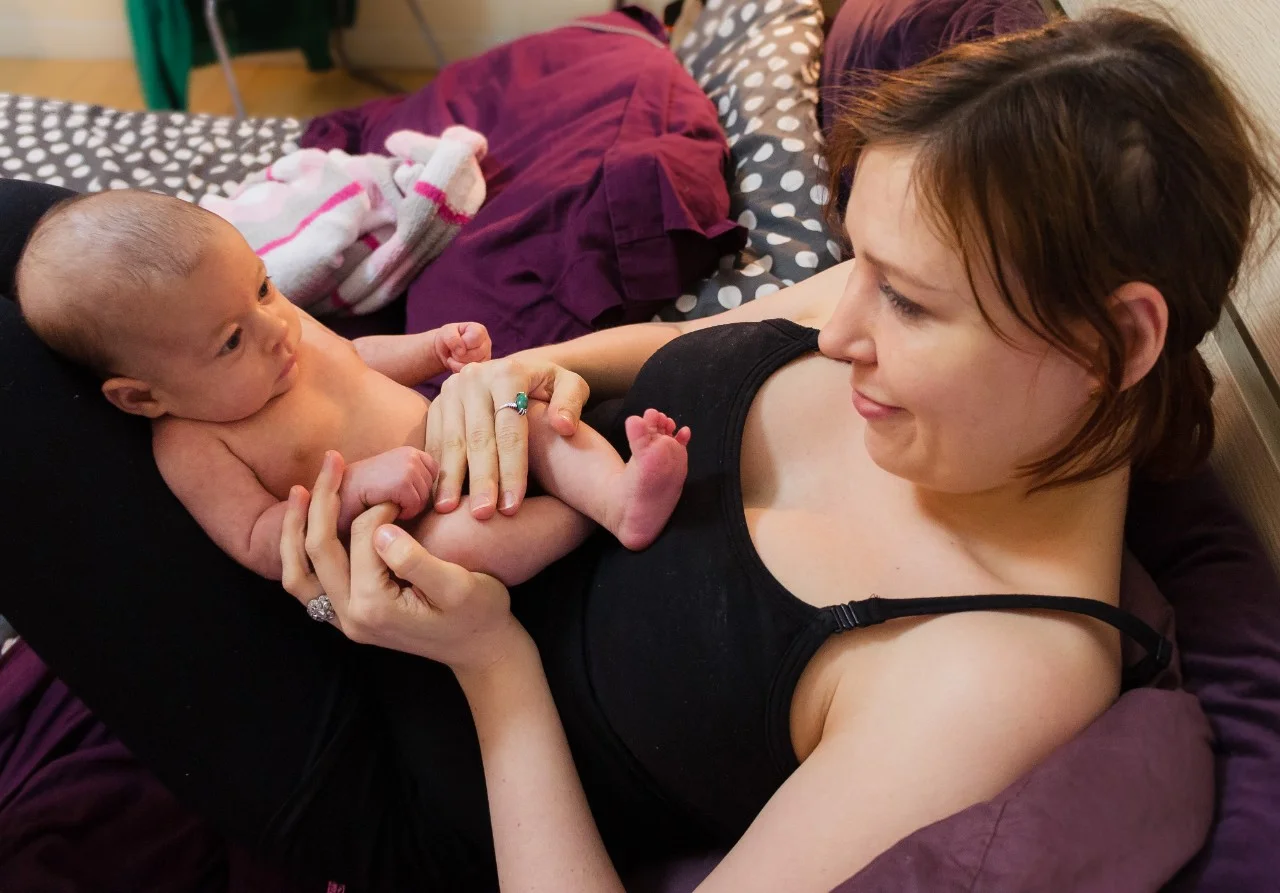Accidental Trip Reveals a Hidden Pathway
You can search for courses, events, people, and anything else.
The way parents speak to their babies is more important than what they actually say, WSU research is demonstrating.
Ongoing studies of hundreds of infants aged from five months at the MARCS BabyLab have found that parents exhibit consistent acoustic patterns in how they speak to their babies and that this is likely to be critical in helping children learn to communicate.
The BabyLab is one of the world’s leading research units exploring the phenomenon popularly
known as ‘baby-talk’ but referred to by scientists as infant-directed speech (IDS). It describes the characteristic way adults speak to very young children and it’s been the subject of research worldwide since the middle of last century. One feature that sets the WSU work apart from research elsewhere is its specialised exploration of the acoustic qualities of baby-talk.
“What we are finding is that when parents talk to their babies they make a number of modifications to the way their speech sounds,” explains BabyLab’s Marina Kalashnikova, a researcher in infancy studies who has expertise in early language development. “We’re not talking about the content of what they say but the actual quality of the speech.”
Parents tend to speak slower and pause more often when talking to babies. They also noticeably increase their pitch and make the intonation fluctuate so it sounds like their voice is going up and down.
“But more importantly, what we have found is that parents exaggerate vowel sounds,” Kalashnikova says. Consider, for example, the word ‘sheep’. Parents will extend and exaggerate the ‘e’ sounds so they say ‘sheeeep’.
“It sounds like a very small modification, but we have found that by doing so, parents make their speech more understandable to babies and easier for babies to learn those sounds and produce them themselves.” And that’s the basis for learning verbal communication, which is fundamentally important for development.”
“What we propose is that [baby-talk] does have an evolutionary source, Kalashnikova says. “Initially when we did not have language, parents would make these really high-pitched vocalisations to appease their babies and also to appear less threatening to them, which we still see in other animal species. Adults [humans] do exactly the same thing.”
The BabyLab is also exploring how vocabularies develop in infants, an important predictor of vocabulary skills later in life and our ability to learn to read. This has led to the development of a tool known as OZI, which is a checklist of more than 500 words for use in children aged from 12-30 months.
In the hands of clinicians, such as speech therapists, it can help to identify children who are at risk from potential language delay so that they can be either monitored or referred for early intervention.
As the flood threat grows, Rahman intends to continue to develop the model. “Ultimately, we want to include more data to continually improve accuracy.”
Need to know
- The characteristics of baby-talk are key to babies learning language
- Fluctuating pitch may have evolutionary roots
- WSU has developed benchmarking for infant language development
Baby-talk evolution
Infant-directed speech transcends not only human cultures but also species and is likely to have an evolutionary basis, says Kalashnikova. There’s evidence of it in other vertebrates that vocalise to communicate. Apes and many birds, for example, use a higher pitch when they interact with their offspring but lower tones when approached by potential predators.
Related Articles
Credit
© Luke Fuda
Future-Makers is published for Western Sydney University by Nature Research Custom Media, part of Springer Nature.






